
Identifying the right diet for your pet is probably one of the most important decisions you will have to make as a pet owner. They bear most of their body’s health, energy, and wellbeing depending on their diet. Alternative, with all the dry kibble dog foods to those which are raw diets and even prescription diets that are specially formulated, choosing could very well be daunting. This guide will assist you to make these decisions in the easiest way possible; so you not only increase your pet’s happiness levels but also contribute to their health.
Understanding Your Pet’s Nutritional Needs
All pets are different with their own requirements for diets and feeding since they differ in Species, Age, Size, Activity level and Health conditions of the animal. For instance, the diet developed for puppies and kittens should have a higher proteins and calories content while senior pets are provided for diets containing glucosamine and chondroitin.
Decoding Pet Food Labels
To begin with, it is crucial to go through the labels of pet foods in a bid to finding out what is being taken by your pet. Choose those that have the exact description of the type of meat used, ideally with the First point of meat, which are meats like chickens or beef since they facilitate muscle building and muscle maintenance through provision of proteins. Eliminate grains such as corn, soy and synthetic preservatives as they are unhealthy and act as irritants which cause allergic reactions and impede digestion.
Types of Pet Food: Pros and Cons
- Dry Kibble: Easy to serve, it is also economical and produces little plaque which aids in dental hygiene. For a more healthier snack check the brands that contain whole grains, and low in fillers.
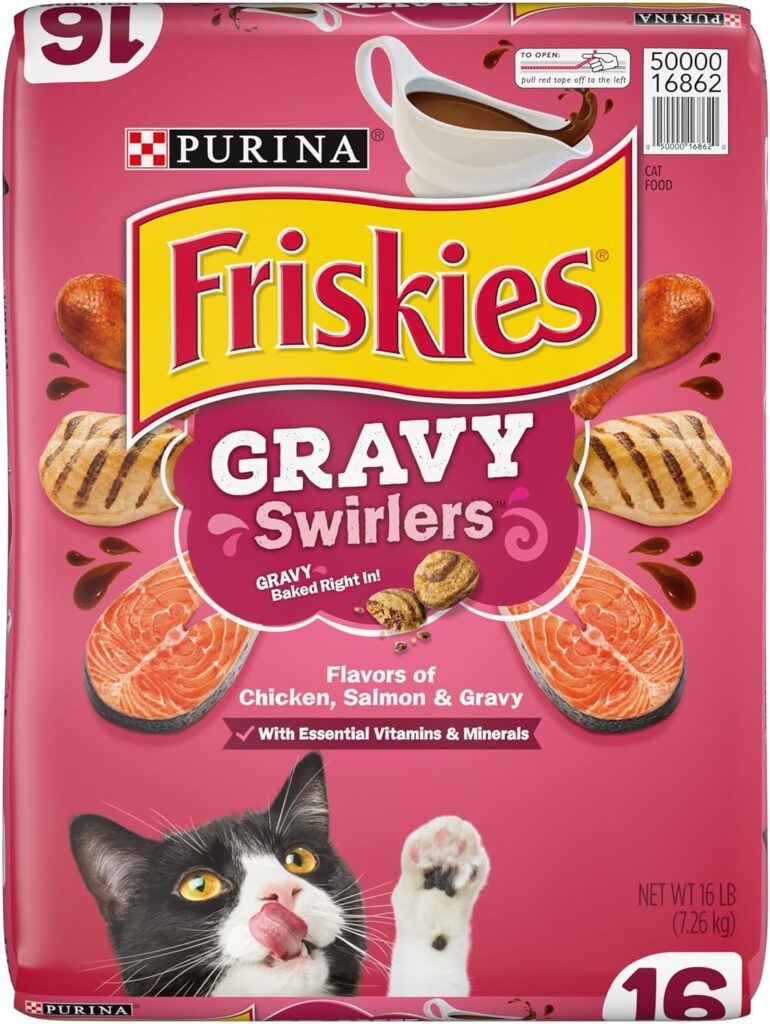

- Wet Food: Higher moisture content makes canned food ideal for pets with hydration issues or picky eaters. Choose varieties with named meats and limited additives.
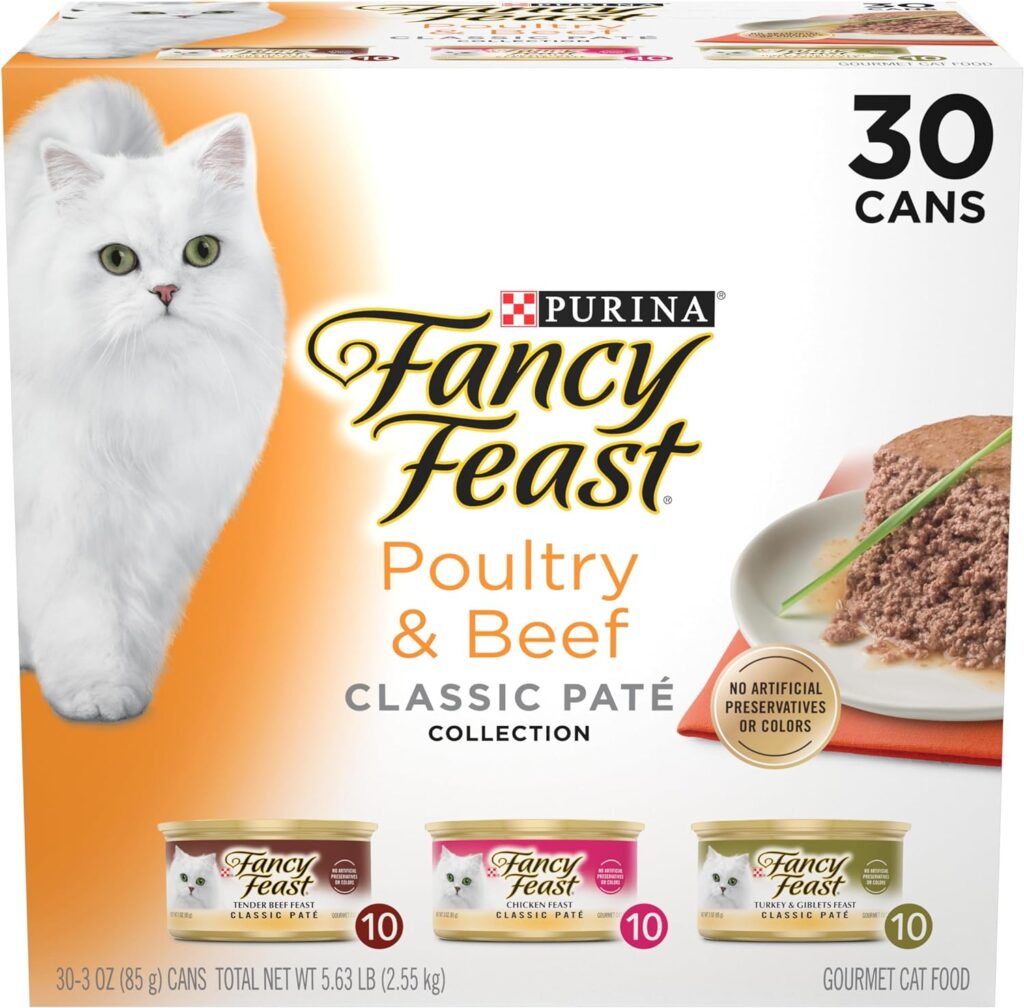
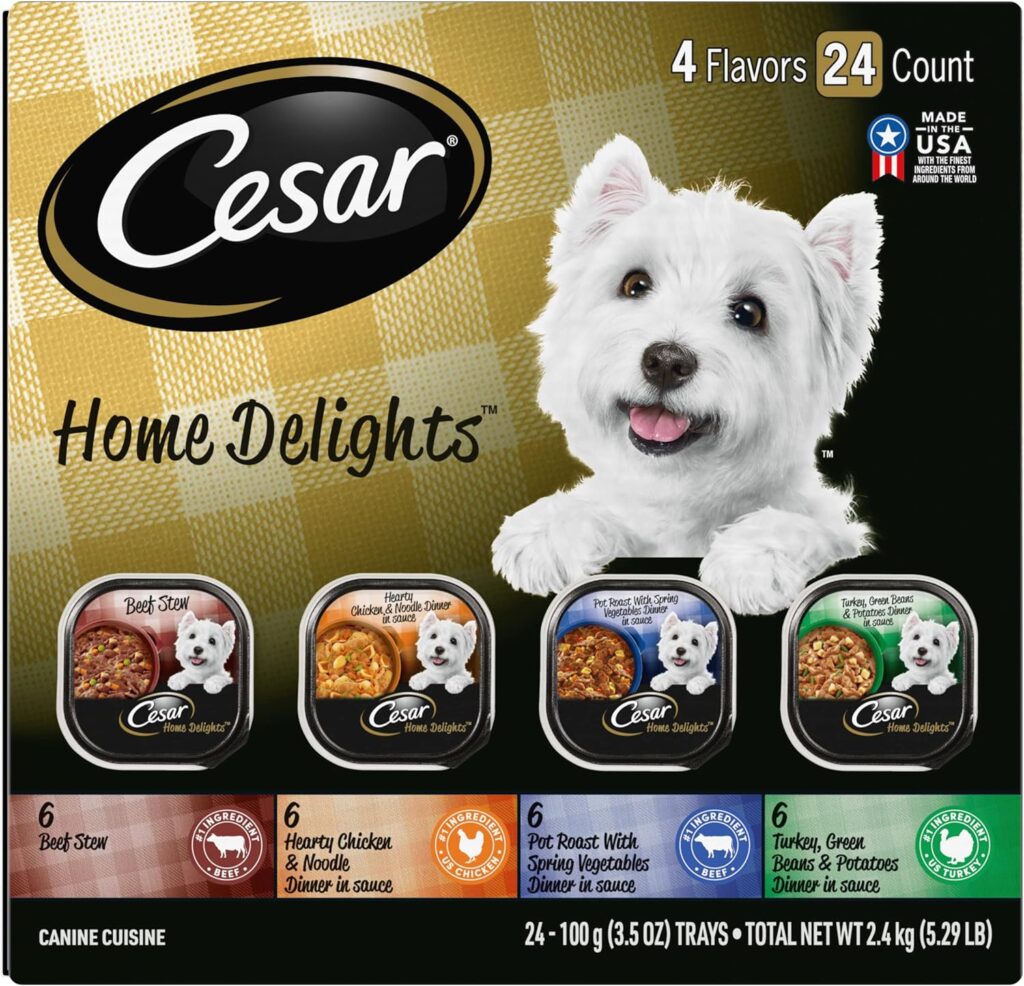
- Raw and Freeze-Dried Diets: Advocates argue that raw diets mimic a pet’s ancestral diet and provide optimal nutrition. However, they require careful handling to prevent bacterial contamination.
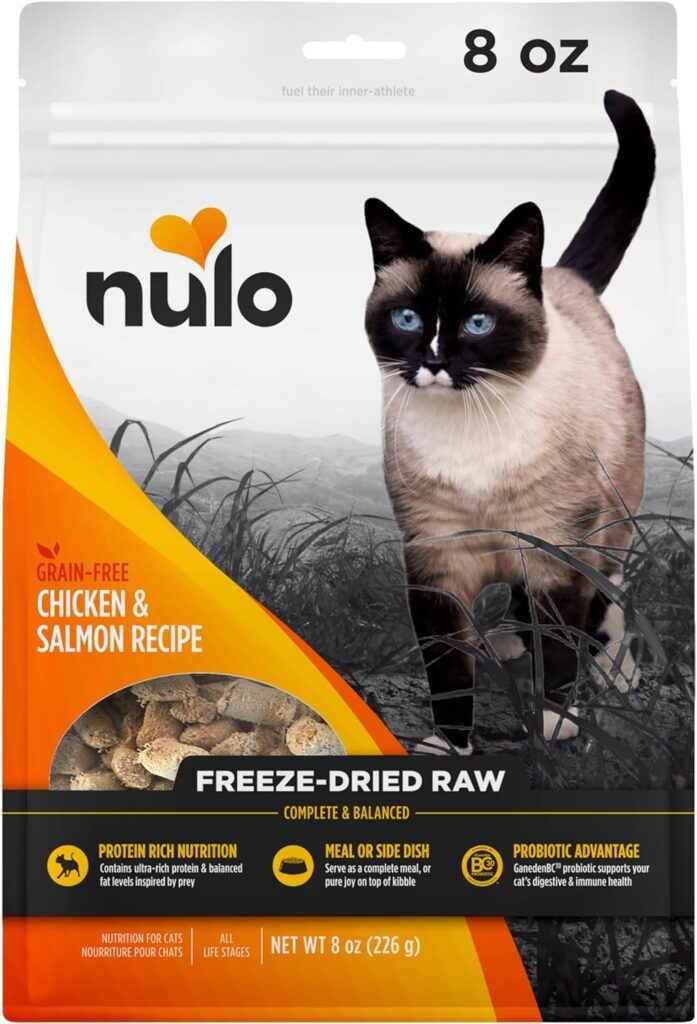
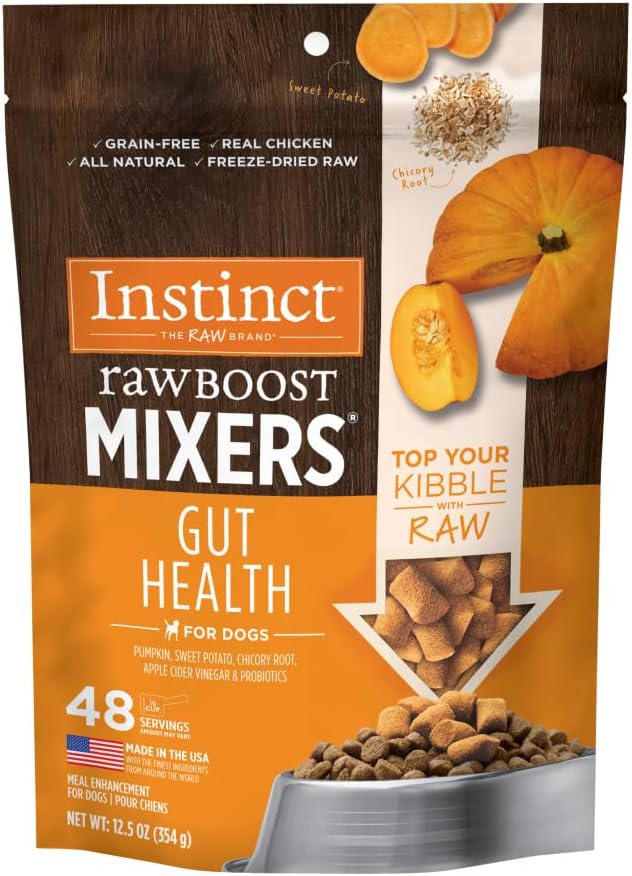
- Specialized Formulas: Veterinary-prescribed diets address specific health concerns like weight management, urinary tract health, or food allergies. Consult your vet for personalized recommendations.
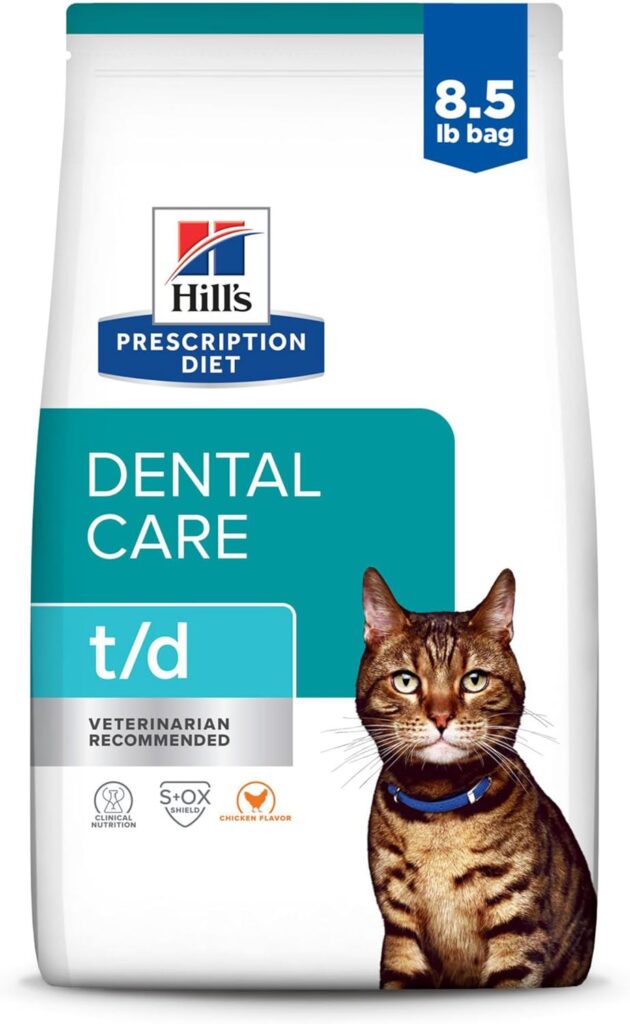
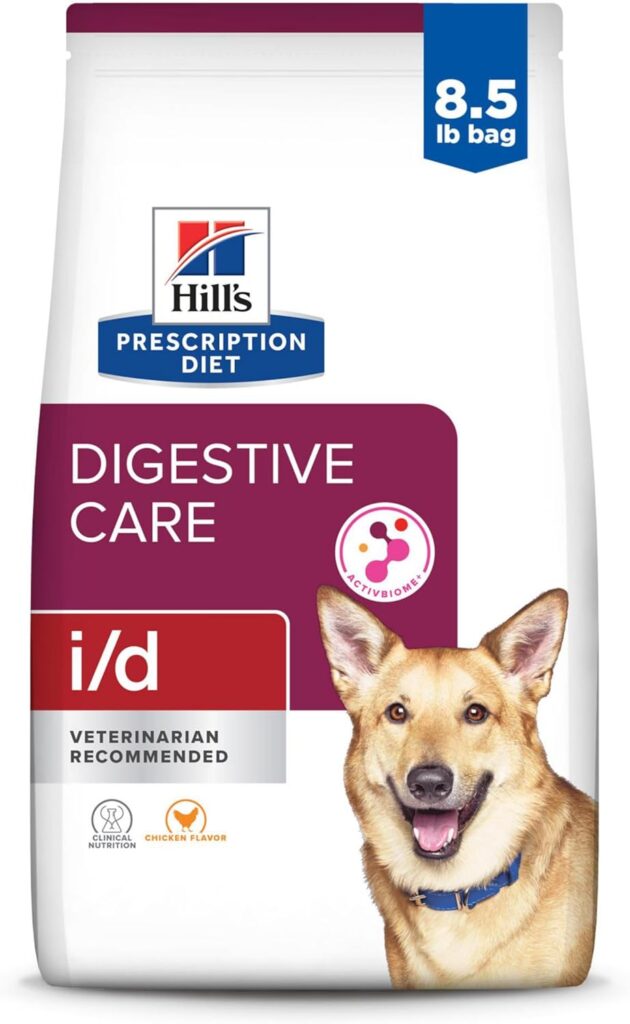
Factors to Consider When Choosing Pet Food
- Ingredients: Prioritize whole meats, fruits, and vegetables over by-products and fillers.
- Brand Reputation: Research brands known for transparency, rigorous testing, and ethical sourcing practices.
- Cost vs. Quality: While budget is a consideration, prioritize quality ingredients that meet your pet’s nutritional needs to avoid long-term health issues.
Transitioning Your Pet to a New Diet
Gradually introduce new food over 7-10 days to prevent digestive upset. Mix increasing amounts of the new food with the old, adjusting ratios until your pet fully transitions.
Consulting with Your Veterinarian
Your veterinarian is your best resource for tailored dietary recommendations based on your pet’s specific needs, health history, and lifestyle. Regular check-ups ensure your pet’s diet remains appropriate as they age or encounter health changes.
Conclusion
Choosing the right pet food is a fundamental aspect of responsible pet ownership. By understanding your pet’s nutritional needs, reading labels critically, and consulting with your veterinarian, you can make informed decisions that contribute to their long and healthy life. Remember, a well-balanced diet not only supports physical health but also enhances your pet’s energy, coat quality, and overall vitality, ensuring they thrive as beloved members of your family.
